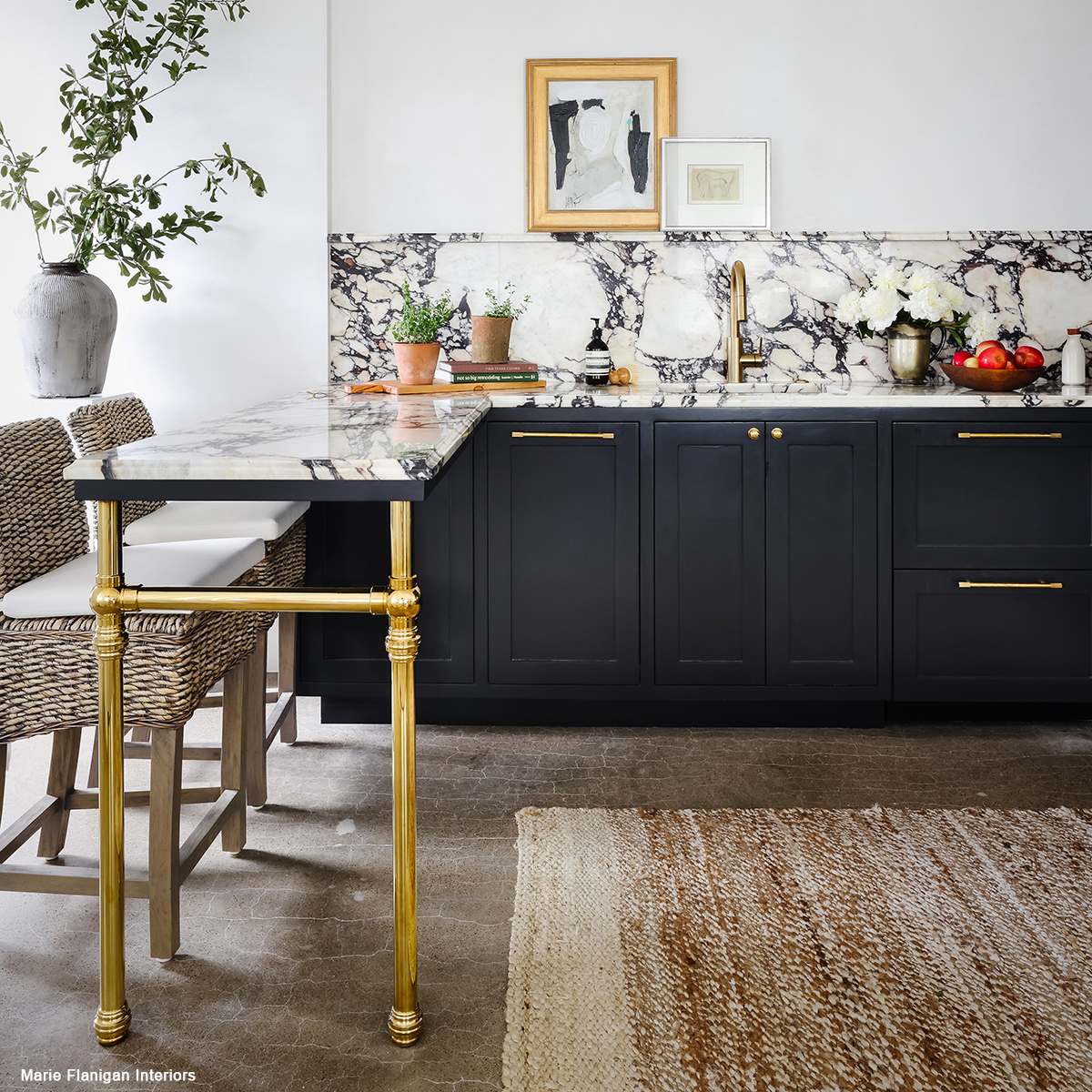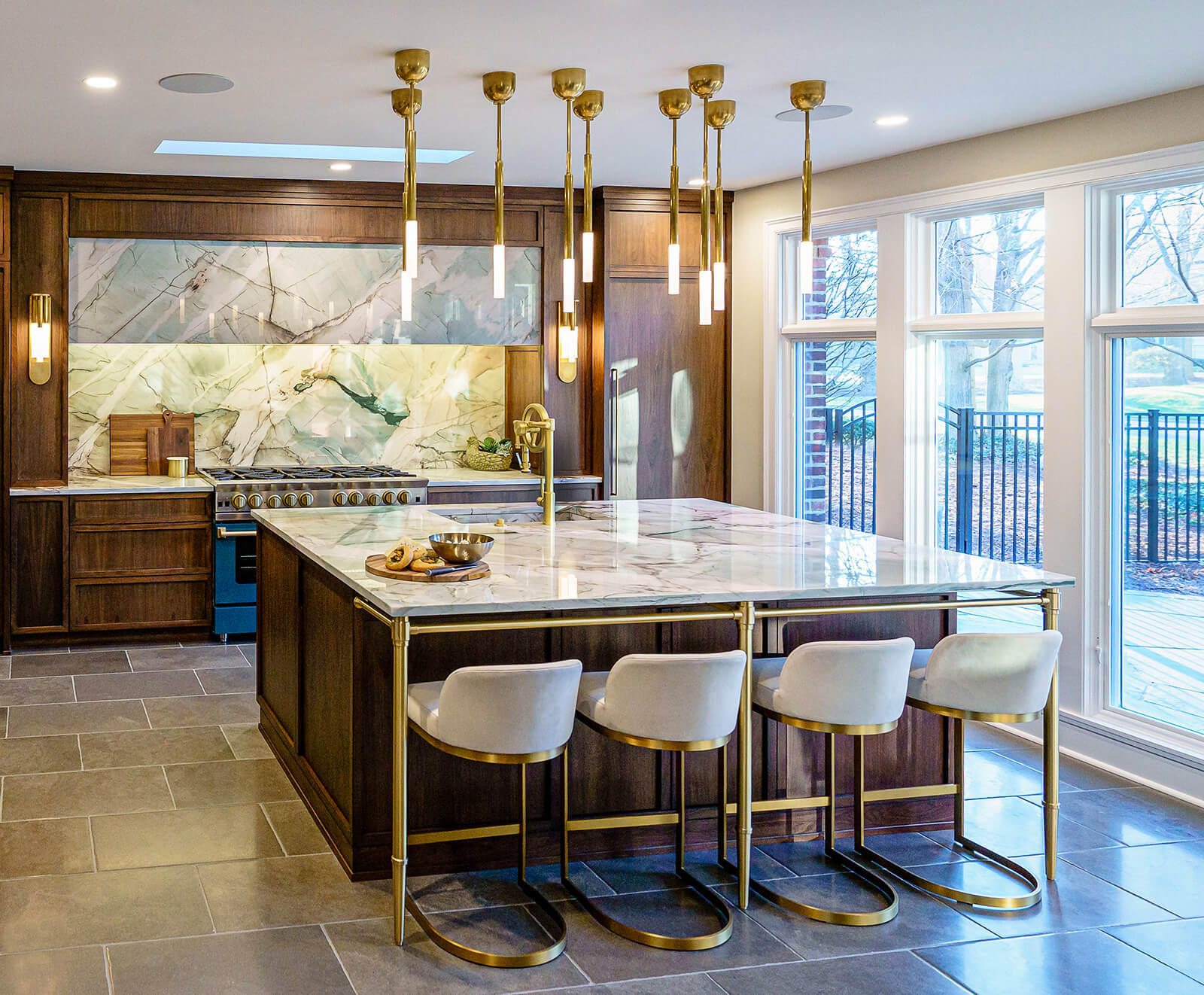Transform Any Kitchen Area with Attractive Legs For Kitchen Island Selections
Wiki Article
Key Considerations for Discovering the most effective Legs For Cooking Area Island for Your Layout
When selecting the perfect legs for your kitchen island, several crucial considerations enter play that can significantly impact both performance and looks. The selection of design, elevation, and material must line up with your total cooking area style to make certain an unified appearance. Furthermore, stability and maintenance requirements are crucial for long-lasting usage and ease of care. Comprehending these elements can enhance your kitchen area's practicality and aesthetic charm, yet the subtleties of each consideration can typically be neglected. What effects might these choices have on your kitchen area's overall atmosphere?Determine Your Design Preference
When selecting the optimal legs for your cooking area island,Establishing your design preference is essential. The legs of your kitchen area island not only serve a practical objective yet additionally add significantly to the overall aesthetic of the space. For that reason, determining your design style-- be it contemporary, rustic, standard, or industrial-- is necessary.For a contemporary kitchen area, think about smooth, minimalistic legs that complement open rooms and tidy lines. On the other hand, a rustic setting may benefit from even more durable, farmhouse-style legs made from reclaimed materials. Typical cooking areas commonly prefer turned or ornate legs, which can include a touch of sophistication and class. A commercial visual might call for steel legs that highlight a raw, unfinished appearance.
Furthermore, take into consideration the elevation and proportion of the legs in connection with the island's surface. This makes certain the aesthetic balance and performance needed for day-to-day use. Evaluating the existing aspects in your kitchen, such as cabinets and devices, can also guide your decision, making sure cohesiveness in layout. Ultimately, your style choice will certainly influence not only the option of legs yet also the general consistency of your cooking area's design.
Choose the Right Material
Selecting the best material for your kitchen area island legs is essential in making certain both resilience and aesthetic charm. Different materials use unique benefits, and the option usually mirrors your layout choices and useful needs.Timber is a preferred option, supplying heat and adaptability. It can be discolored or painted to match your kitchen area design, making it adaptable to various designs, from rustic to modern. Wood may call for normal upkeep to protect its appearance and honesty.

If you seek an one-of-a-kind touch, take into consideration acrylic or glass materials. They can produce an impression of space and agility in your kitchen, making them an outstanding selection for smaller areas - Legs For Kitchen Island. Nonetheless, these options may call for mindful handling and maintenance to prevent scrapes.
Eventually, the product you pick should line up with your kitchen area's total design, guaranteeing that the legs serve both attractive and functional purposes.
Think About Elevation and Percentages
When making a kitchen island, height and proportions play an important function in making certain navigate to this site capability and convenience. The basic height for a cooking area island commonly ranges from 36 to 42 inches, lining up with traditional counter heights or bar elevations, specifically. This measurement is vital for integrating with bordering stools and kitchen counters, making it possible for convenience of use throughout meal prep work and social communications.Additionally, the island's percentages need to complement the total kitchen area layout. Take into consideration the proportion between the island's size and length, guaranteeing it offers adequate surface location without crowding the kitchen.
In addition, the height of the legs or base can affect the visual allure and performance. Taller legs might provide a more contemporary, ventilated feel, while much shorter ones can evoke a typical, grounded look. Ultimately, meticulously thinking about elevation and proportions will certainly result in a kitchen area island that is both functionally efficient and aesthetically enticing, enhancing the total design of the area.
Assess Security and Resilience
A cooking area island's legs must not only enhance its height and proportions however additionally offer appropriate security and resilience to sustain day-to-day activities. The legs are vital to the total functionality of the island, as they bear the weight of the kitchen counter and any kind of additional tons, such as devices or cooking tasks.When analyzing security, it is critical to think about the leg design and material. Durable steel or strong wood legs often offer exceptional stamina compared to lighter materials like engineered wood or plastic. Furthermore, a broader base can improve security, minimizing the danger of tottering or tipping throughout use.
Toughness is similarly crucial; the legs need to stand up to damage from daily usage. Think about coatings that shield versus scrapes, dents, and moisture, especially in a kitchen setting. Assess the quality of construction, such as joints and attachments, which can considerably impact the legs' lasting performance.
Ultimately, spending in well-crafted legs that focus on stability and durability will certainly ensure your kitchen island continues to be a trustworthy work area for years ahead, improving your cooking experiences while preserving aesthetic allure.
Consider Upkeep and Care
Upkeep and care are critical factors to consider for guaranteeing the long life and performance of kitchen island legs. When choosing legs, it is important to review the materials made use of, as different alternatives require differing levels of maintenance. Wood legs may require regular refinishing or securing to avoid dampness damages and scratches, while steel legs might need routine brightening to maintain their luster and protect against rust.Furthermore, the coating related to the legs can influence maintenance demands. A high-gloss finish may be less complicated to clean however might reveal scratches and finger prints quicker than a matte surface. It is a good idea to pick products and finishes that complement your way of life; as an example, if you regularly organize celebrations, go with resilient products that can endure view it deterioration.
In addition, take into consideration the cleansing procedure associated with maintaining these legs. Smooth surfaces frequently need very little effort, while complex styles may collect dirt and gunk, requiring more labor-intensive cleaning techniques. Legs For Kitchen Island. Eventually, factoring in the maintenance and care needed for your picked cooking area island legs will certainly not just improve their aesthetic charm but also ensure their useful honesty with time
Verdict
Finally, choosing the ideal legs for a kitchen island necessitates mindful factor to consider of different aspects, including layout style, product option, security, maintenance, and elevation. Each element plays an important duty in ensuring that the legs not only boost the visual allure of the kitchen area however also give the needed support and durability for day-to-day use. A well-informed choice will eventually add to a practical and visually pleasing cooking area environment.The legs of your cooking area island not only offer a practical objective however also add significantly to the total aesthetic of the room.Maintenance and treatment are crucial factors to consider for guaranteeing the long life and performance of kitchen area island legs. Wooden legs may important source call for regular refinishing or securing to prevent wetness damages and scratches, while steel legs may need normal polishing to preserve their sparkle and avoid corrosion.
Inevitably, factoring in the maintenance and treatment needed for your chosen kitchen area island legs will certainly not only boost their aesthetic charm yet also ensure their practical honesty over time.

Report this wiki page